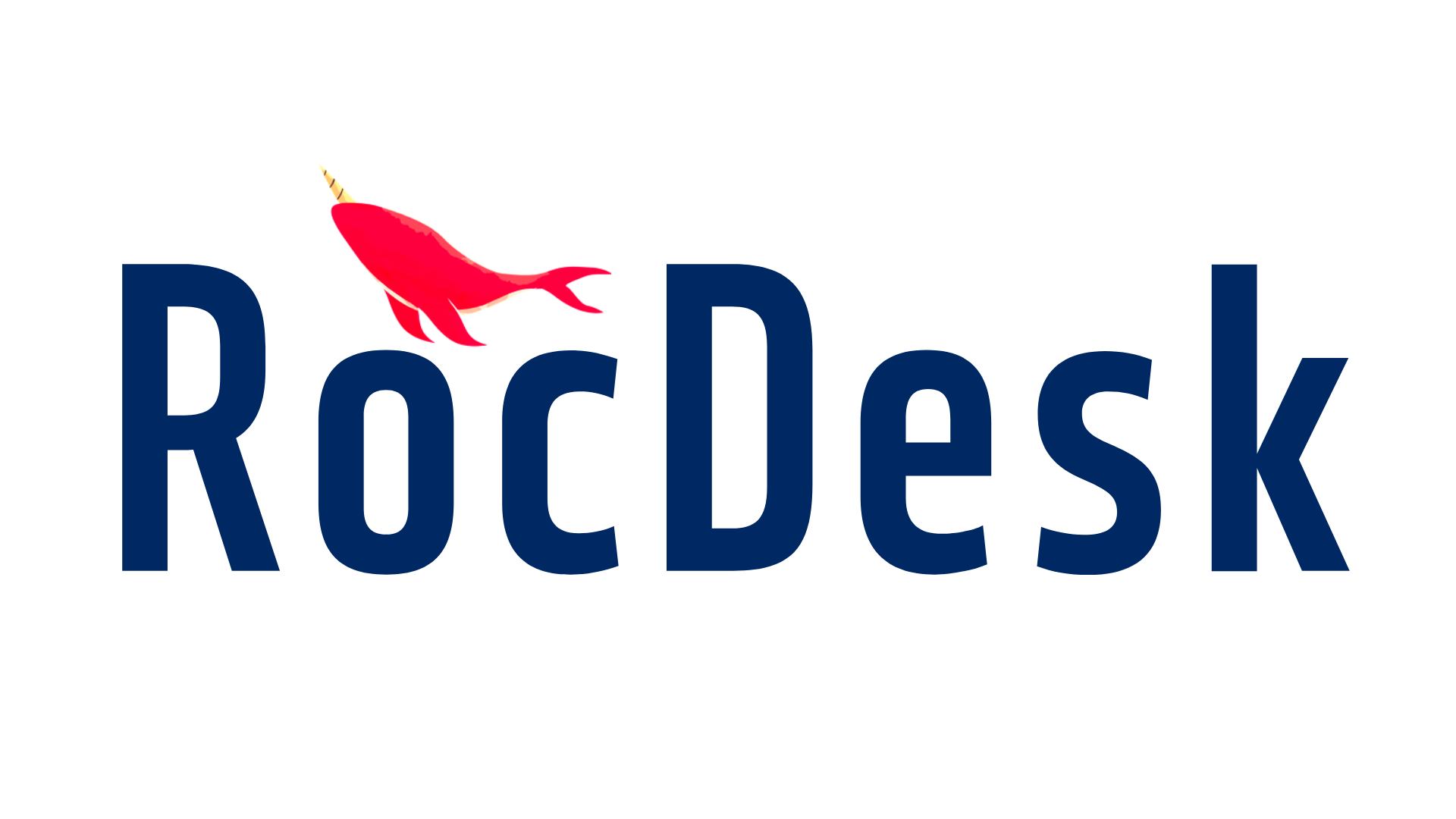Analysis of B2B customer acquisition methods: exhibitions, Google SEO, platforms and social media
In the B2B (business to business) field, choosing the right customer acquisition method is crucial to business growth. This article will briefly analyze four common B2B customer acquisition methods: exhibitions, Google SEO, B2B platforms and social media, explore their advantages and disadvantages, and help companies better formulate marketing strategies.
B2B exhibition customer acquisition
Advantages:
Direct contact with potential customers: exhibitions gather a large number of companies and professional audiences in the industry, and companies can directly communicate face-to-face with potential customers.
Display products and services: Let customers experience them in person to increase their understanding and interest in products.
Market research: Understand market dynamics, competitor conditions and customer needs.
Brand exposure: Improve corporate brand awareness and industry influence.
Establish partnerships: Find potential partners and establish long-term partnerships.
Disadvantages:
High cost: booth fees, transportation fees, travel expenses, etc. are high.
Time limit: Efficient contact with potential customers is required in a short period of time.
Difficult follow-up: A lot of follow-up work is required after the exhibition.
Uncertain effect: The effect of participating in the exhibition is affected by many factors, and the return may not be ideal.
Fierce competition: You need to stand out from many competitors and attract customer attention.
B2B Google SEO customer acquisition
Advantages:
Long-term effect: After the ranking is improved, it can continue to bring traffic.
High-quality traffic: Attract potential customers with clear needs and increase conversion rate.
Cost-effective: Low long-term cost, more economical than paid advertising.
Enhance brand trust: Improve brand visibility in search engines and enhance customer trust.
Data analysis and optimization: Continuously optimize website content and structure by analyzing user behavior.
Disadvantages:
Long time to see results: It takes several months or even longer to see the effect.
Risk of algorithm changes: Changes in search engine algorithms may affect rankings.
Fierce competition: Many industry keywords are highly competitive and require greater efforts and resource investment.
Professional knowledge requirements: In-depth professional knowledge and experience are required.
Uncontrollable effect: Affected by many factors, the expected traffic and conversion rate cannot be fully guaranteed.
B2B platform customer acquisition
Advantages:
Wide market coverage: The platform has a large number of registered users and access traffic.
Low cost and high efficiency: Compared with offline marketing and exhibitions, it is low cost and high efficiency.
Professional industry classification: precise promotion to improve customer acquisition efficiency.
Brand and reputation endorsement: With the help of platform reputation, enhance customer trust.
Convenient transaction process: provide one-stop service and simplify the transaction process.
Data analysis support: help companies understand customer behavior and market demand.
Disadvantages:
Fierce competition: need to continuously optimize products and services to stand out.
Platform dependence: dependent on platform traffic and promotion mechanism, policy changes may affect customer acquisition effect.
Fees and commissions: in the long run, platform fees may accumulate into large expenses.
Brand independence: brand image may be covered by platform brand.
Complex customer management: additional resources are required for customer management and relationship maintenance.
B2B social media customer acquisition
Advantages:
Wide audience coverage: cover a large number of users and increase brand awareness.
Accurate target customers: through precise advertising, target potential customers in specific industries and roles.
Enhanced interaction and participation: through interactive functions, enhance customer participation and loyalty.
Brand image building: establish the image of industry experts by publishing professional content.
Real-time feedback and data analysis: timely adjust strategies according to customer reactions and optimize content effects.
Relatively low cost: the organic promotion part has low cost.
Disadvantages:
Time and resource investment: continuous content creation and interaction are required.
Effects are uncontrollable: changes in algorithms and user behavior may affect content exposure and dissemination effects.
Fierce competition: continuous innovation and optimization of content are required to attract the attention of target customers.
Platform dependence: dependence on platform algorithms and policies, rule changes may affect marketing effects.
Brand crisis risk: negative comments and public opinion may spread rapidly and need to be responded to in a timely manner.
Summary
When choosing a B2B customer acquisition method, companies should comprehensively consider the advantages and disadvantages of each method according to their own situation. Exhibitions provide opportunities for face-to-face communication and direct display, but the cost is high and time is limited; Google SEO has long-term effects and high-quality traffic, but it requires time and expertise; B2B platforms have wide coverage and efficiency, but they are platform-dependent and highly competitive; social media is highly interactive and low-cost, but requires continuous investment and management.
By combining multiple customer acquisition channels and formulating a comprehensive marketing strategy based on the specific situation of the company, companies can maximize customer acquisition effects and drive business growth.










